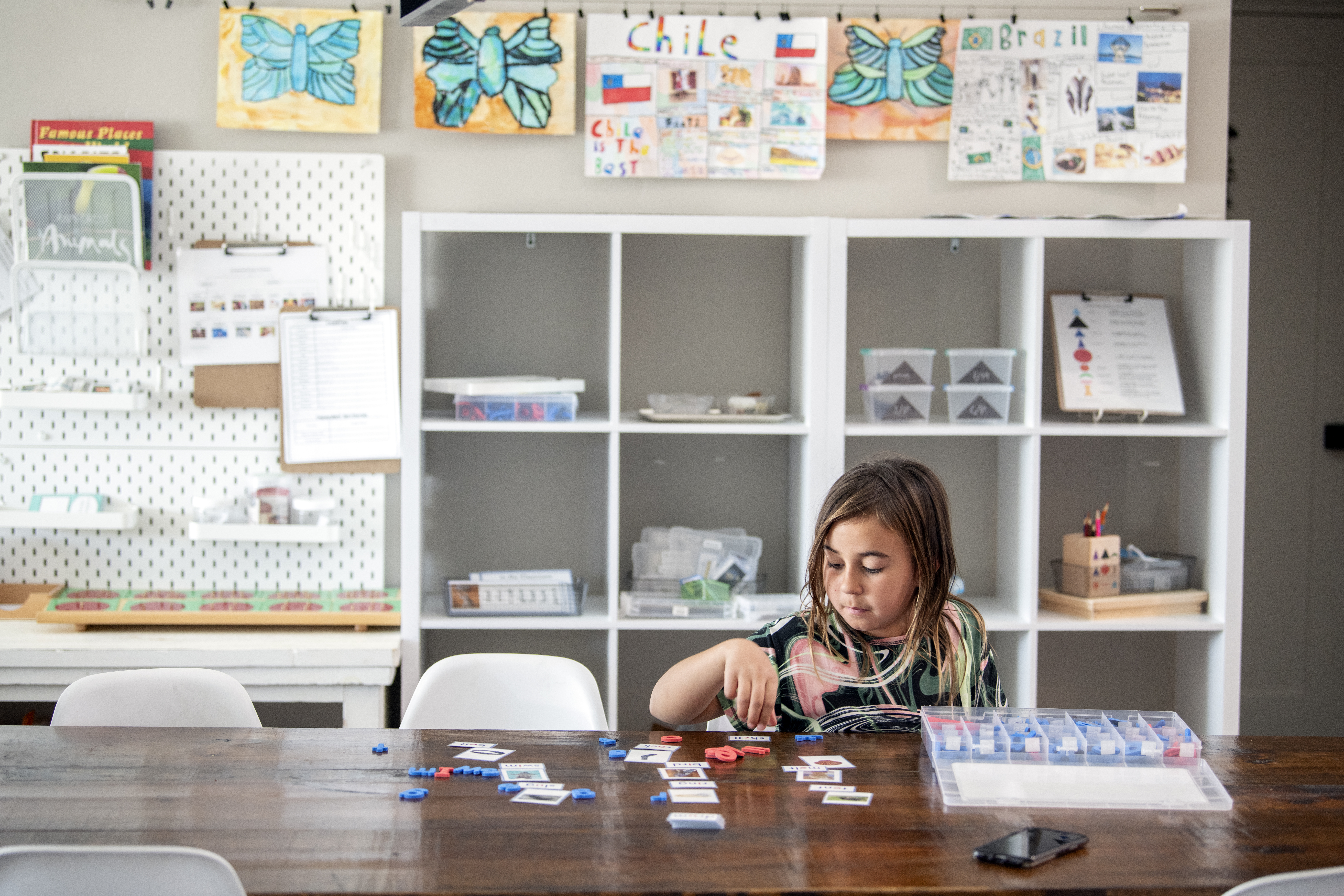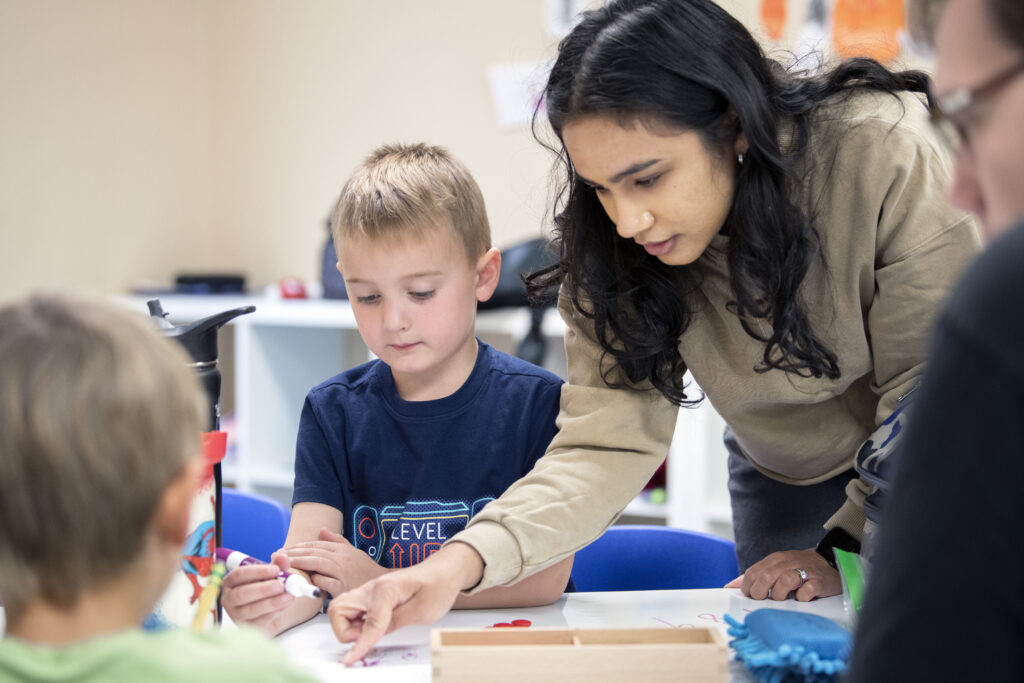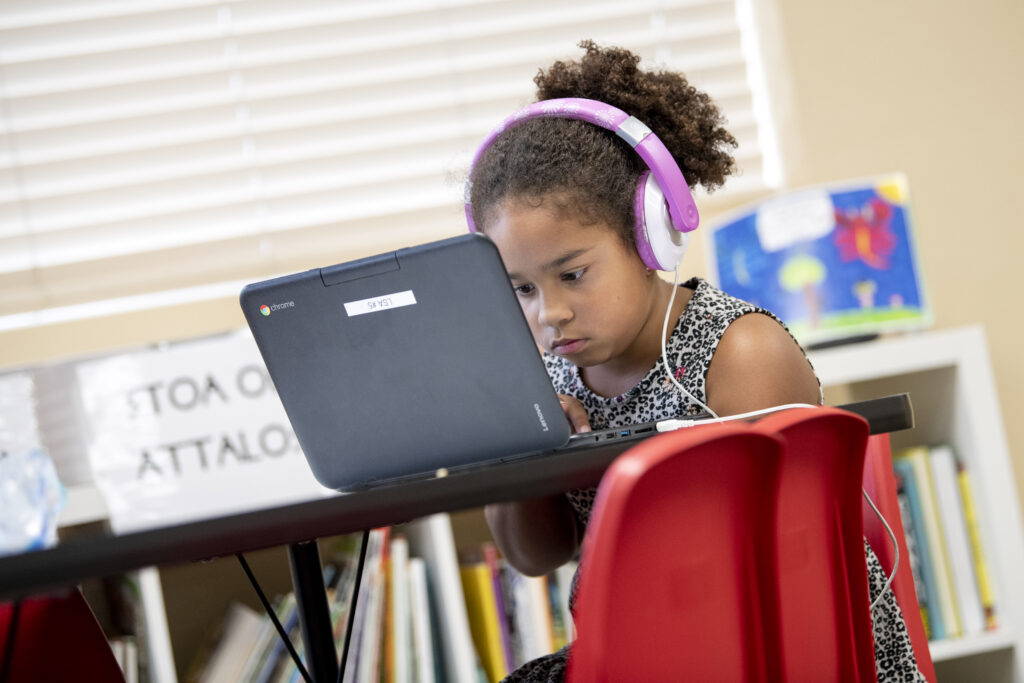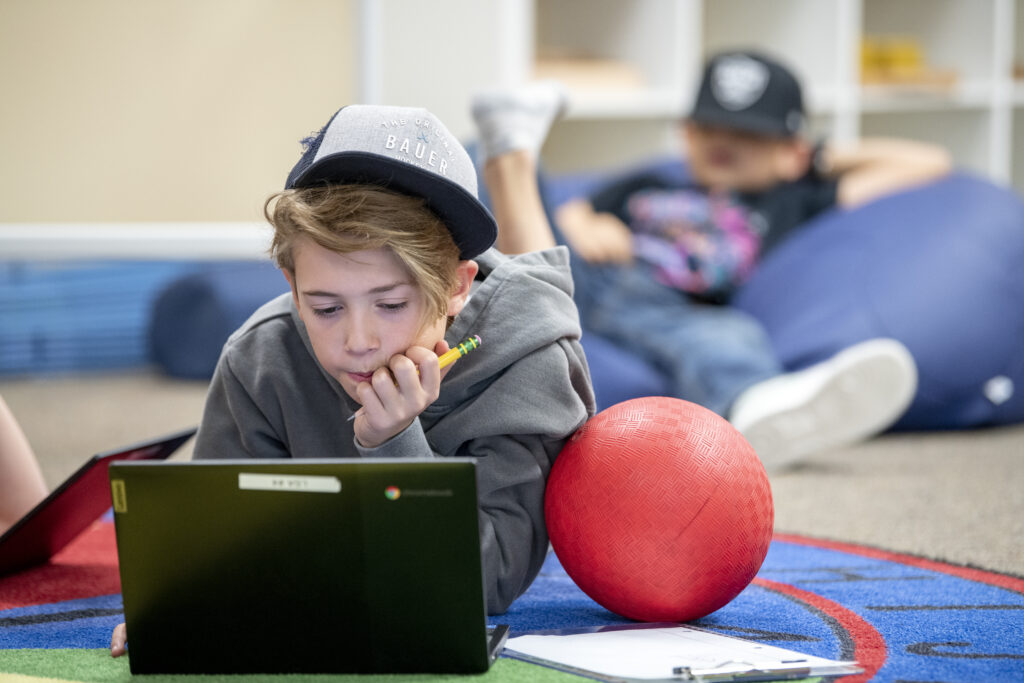Which alternative education method is right for your child?

Today’s evolving society demands a shift in educational paradigms. Traditional educational models, where a teacher imparts knowledge to a class of students, are increasingly being challenged by innovative and personalized learning methodologies. These alternative education methods seek to address the unique learning styles, interests, and needs of each student, fostering a more holistic and engaging learning experience.
Learn about the various alternative education models such as Acton schools, blended learning, microschools, and self-directed learning centers. Learn about their unique features, benefits, and potential drawbacks, and gain insights into which method might be the right fit for you, depending on your child’s learning style and needs.
Understanding the need for alternative education
The conventional, one-size-fits-all model of education can often fall short in catering to the diverse learning needs and preferences of students. It tends to focus on rote learning and standardization, leaving little room for creativity, critical thinking, and personalized learning. This model often fails to prepare students adequately for the real-world challenges they’ll face in their personal and professional lives.
Alternative education methods aim to fill this gap, offering more personalized, engaging, and effective learning experiences. These models view students as active participants in their learning journey, rather than passive recipients of knowledge.

1. Acton Schools: The fusion of past and future education
Acton schools, described as “one-room schoolhouses for the 21st century,” offer a unique blend of traditional and contemporary educational practices. These schools, founded by entrepreneurs Laura and Jeff Sandefer, aim to merge successful historical schooling models with modern technology and learning science.
The Acton Academy philosophy centers around the “hero’s journey,” viewing each student as the hero of their own life story with the potential to make a difference in the world. Learning is facilitated through game-based programs and Socratic discussions, fostering critical thinking skills. Additionally, real-world projects and apprenticeships form a vital part of the curriculum.
If you value project-based learning and the freedom to learn independently, Acton schools might be an ideal fit for your child.
2. Blended learning: The best of online and in-person education
Blended learning combines the benefits of online and in-person learning, providing students with a flexible and diverse learning environment. It’s not merely a digitized version of traditional school, but rather a model that empowers students to control their learning pace, time, and subject interest.
This model can be particularly effective for families who want to maintain social interaction and community-based learning while also leveraging the advantages of online resources. It allows for self-paced learning, yet provides the added incentive of competition and collaboration with peers.

3. Microschools: Small-scale, community-led education
Microschools are small, community-based educational groups that blend the charm of one-room schoolhouses with contemporary education values. They rose to popularity during the COVID-19 pandemic as “pandemic pods,” providing a communal learning platform for small groups of students.
Microschools can hire a teacher or use online learning resources, depending on the needs and preferences of the participating families. They provide a structured yet flexible learning environment, allowing students to learn at their own pace while still benefiting from shared experiences and peer interactions.
If you are seeking a community-led, personalized education model outside the traditional school system, a microschool could be the way to go.
4. Self-directed learning centers: Empowering learners
Self-directed learning centers provide an educational environment that empowers students to take control of their learning journey. The idea is simple yet powerful: children learn best when they are intrinsically motivated, curious, and in charge of their learning.
In self-directed learning centers, students set their own educational goals, develop their learning strategies, and decide on their learning resources. This model cultivates a deep sense of ownership, motivation, and engagement in students, fostering lifelong learning skills.

Deciding on the right alternative education method for you
Choosing the right alternative education method can be a daunting task, given the diversity of options available. However, by considering the unique needs, learning style, and interests of your child, you can make an informed decision.
- Acton schools might be suitable for you if you value project-based learning, economic, political, and religious freedom, and want your child to learn in a technology-enabled environment.
- Blended learning could be the right choice if you want to balance online and in-person learning for your child, allowing them to interact socially while controlling their learning pace.
- Microschools could be a good fit if you’re looking for a small, community-led education model that offers a blend of structure and flexibility.
- Self-directed learning centers would be ideal if you want to empower your child to take control of their learning journey, fostering intrinsic motivation and a love for learning.
At the end of the day, the best alternative education method is one that caters to your child’s unique needs, fosters their potential, and prepares them for a successful future. Remember, the goal is not to choose the “best” model but rather the one that best serves your child’s learning journey.
How to make an informed decision
In a world where the only constant is change, alternative education methods are no longer just alternatives; they’re becoming essential. These models offer a more personalized, engaging, and effective learning experience, preparing students for a future characterized by unpredictability and rapid evolution.
Whether it’s an Acton school, a blended learning program, a microschool, or a self-directed learning center, each of these alternative education methods brings unique benefits to the table. By understanding these models and assessing their alignment with your child’s learning needs and style, you can make an informed decision about your child’s education.
Remember, the choice of education should always prioritize the learner’s needs, interests, and potential. After all, education is not about filling a bucket, but about lighting a fire.
Additional K-12 education resources
- Access Stand Together’s K-12 Education Landscape Report.
- Download Stand Together’s Education Research Papers.
- Access Stand Together’s Guide To The Best Education Programs.
- Watch Inspiring Back To School Videos.

